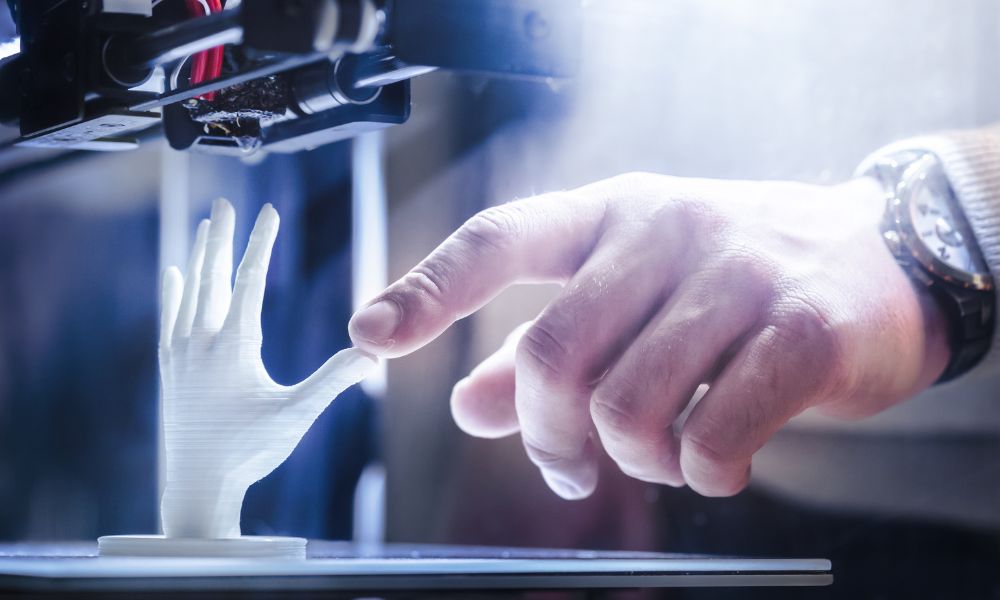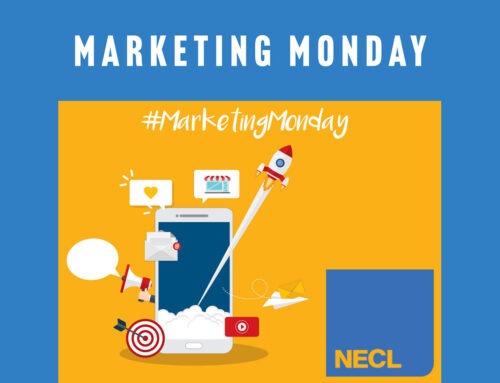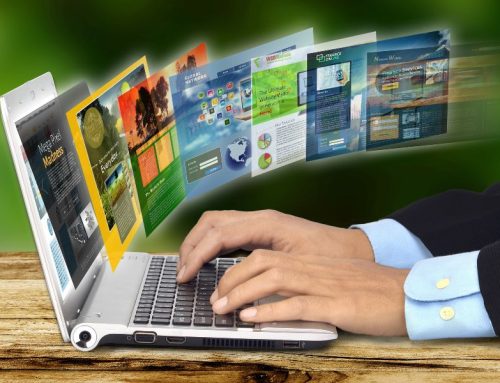IT Developments To Watch Out for in 2023

The tech world evolves quickly, and it seems to be gaining pace. Technologies that once seemed like they belonged in a sci-fi movie are now entering the mainstream.
Here are 5 big IT developments that could make it big in 2023.
Continued Rise of Cloud Computing
Cloud computing isn’t new. Many businesses have already migrated many of their digital applications to cloud-based services, improving their efficiency, scalability and security.
Soon, spending on cloud services will exceed spending on traditional IT, as more organisations embrace the change.
One area of cloud computing that’s at the cutting edge is quantum computing. This involves using quantum physics to process vast amounts of data in a short space of time-far more efficiently than the most powerful traditional supercomputers.
Mercedes-Benz is using quantum computing to simulate the interaction of electrons in a lithium battery. This will enable them to develop more efficient batteries for their electric cars and become carbon-neutral.
Artificial Intelligence Will Advance
We’re not talking about the machines rising up and taking over. Not yet at least.
Artificial Intelligence (AI) has been around for years, but it’s only with recent advances in technology that we’re becoming more widely aware of it.
AI is everywhere in our home life-online retailers and streaming services use it to provide tailored recommendations, search engines use it to show relevant results and many homes now contain a ‘Smart Assistant’ such as Alexa or Siri.
Its business applications are many and varied, and AI is making a massive impact in all kinds of industries.
Look out for ‘chatbots’ becoming more widespread and advanced. These interact with a website user in a human-like manner and are used in many different retail markets to increase response times, make recommendations and promote products. The world of finance is priming to tap into the potential of AI. Its ability to process vast amounts of data efficiently and make accurate predictions is gold dust for investors.
Extended Reality
You may already be familiar with virtual reality (VR). VR headsets have been a common sight in the world of digital entertainment for a few years now, with video gamers able to immerse themselves in endless simulated environments. You’ve probably also heard of the Metaverse, the virtual world created by Facebook founder Mark Zuckerberg.
The next step is augmented reality (AR), where the real world and a simulated world are combined.
While (AR) is also a big attraction in the gaming arena, we’re likely to see both VR and AR in more industries. Retailers can use it to allow their customers to experience their products before buying.
It’s also entering the healthcare industry, as it can enable physicians to communicate and even perform physical examinations remotely. Educational settings are embracing VR to provide immersive learning experiences and this will become more commonplace.
Internet of Things
This refers to physical objects that can sense, process and communicate data via the internet. Already widely used are wearable devices such as smartwatches that can monitor our behaviour and health indicators. Many homes are now smart homes, equipped with digital systems that allow residents to manage things like lighting, temperature and security from their smartphones.
Not only will these continue to grow in popularity but we’ll also see more smart stores. These use an array of technology to monitor customers and optimise how they manage and display their stock.
We’ll even see the development of smart cities, where large-scale networks monitor things like traffic, utilities and waste and facilitate improvements in efficiency and quality.
3D Printing
It’s not too much to say that 3D printing (also known as additive manufacturing) has the power to change the world.
At present, the technology is still quite expensive, the process is quite slow and regulations and standards are not fully established. It’s often restricted to making prototypes.
However, as those barriers are overcome, 3D printing is likely to be at the centre of rapid and large-scale production.
This will have many huge benefits. It will enable the manufacture of products on demand, drastically reducing the need to store large volumes of stock and limiting the waste created by unsold products.3D printing also requires less energy and creates less waste than traditional methods of manufacturing.
The possibilities of 3D printing seem endless-it can do everything from constructing a 2-storey house in a day to printing models of vital organs to support the preparation of medical procedures.
Sustainable Tech
People are becoming more aware of the environmental impact of IT, from the vast amounts of energy swallowed up by big data centres, to mountains of electrical and plastic waste from used equipment.
The World Economic Forum is promoting a circular economy, a model of production that ingrains the us of products and materials for as long as possible through repairing, re-using, refurbishing, recycling, sharing and leasing. Digital tech is at the heart of this initiative.
Many of the developments we’ve mentioned promote sustainability through increased efficiency and reduction of waste.
With consumers becoming ever-more conscientious when it comes to the environment, we will no doubt see tech companies strive to make their business practices more sustainable.
If you’re looking to embrace the latest IT solutions to improve your home or business, our knowledgeable and friendly IT Consultancy team can help.
Get in touch for a chat.








